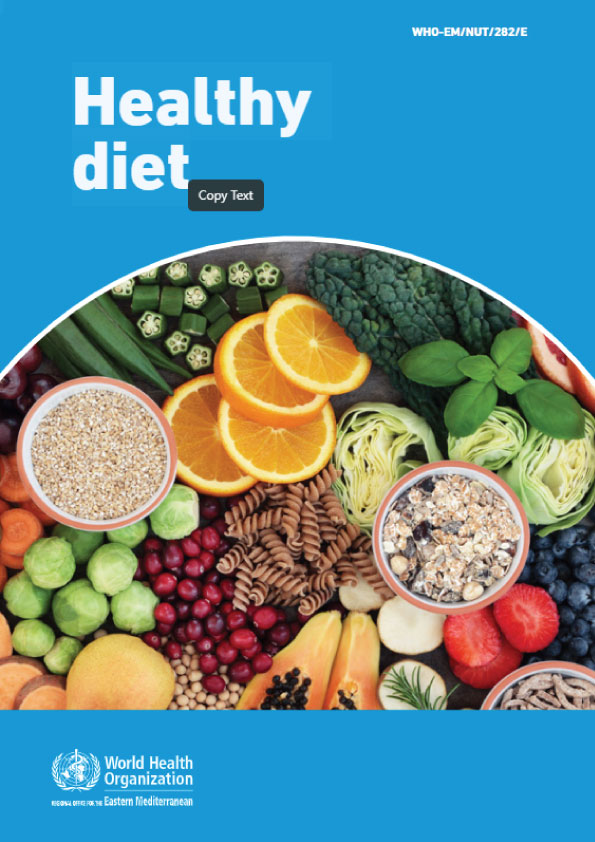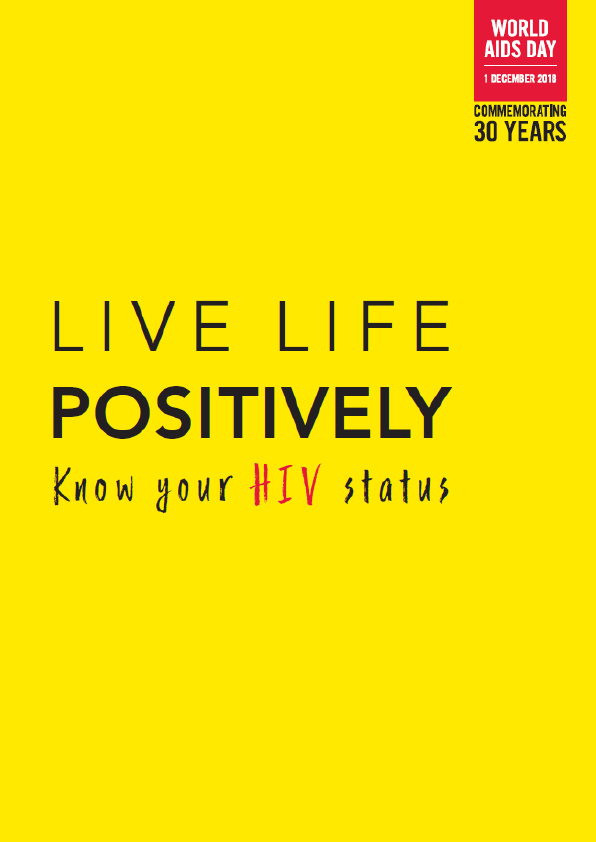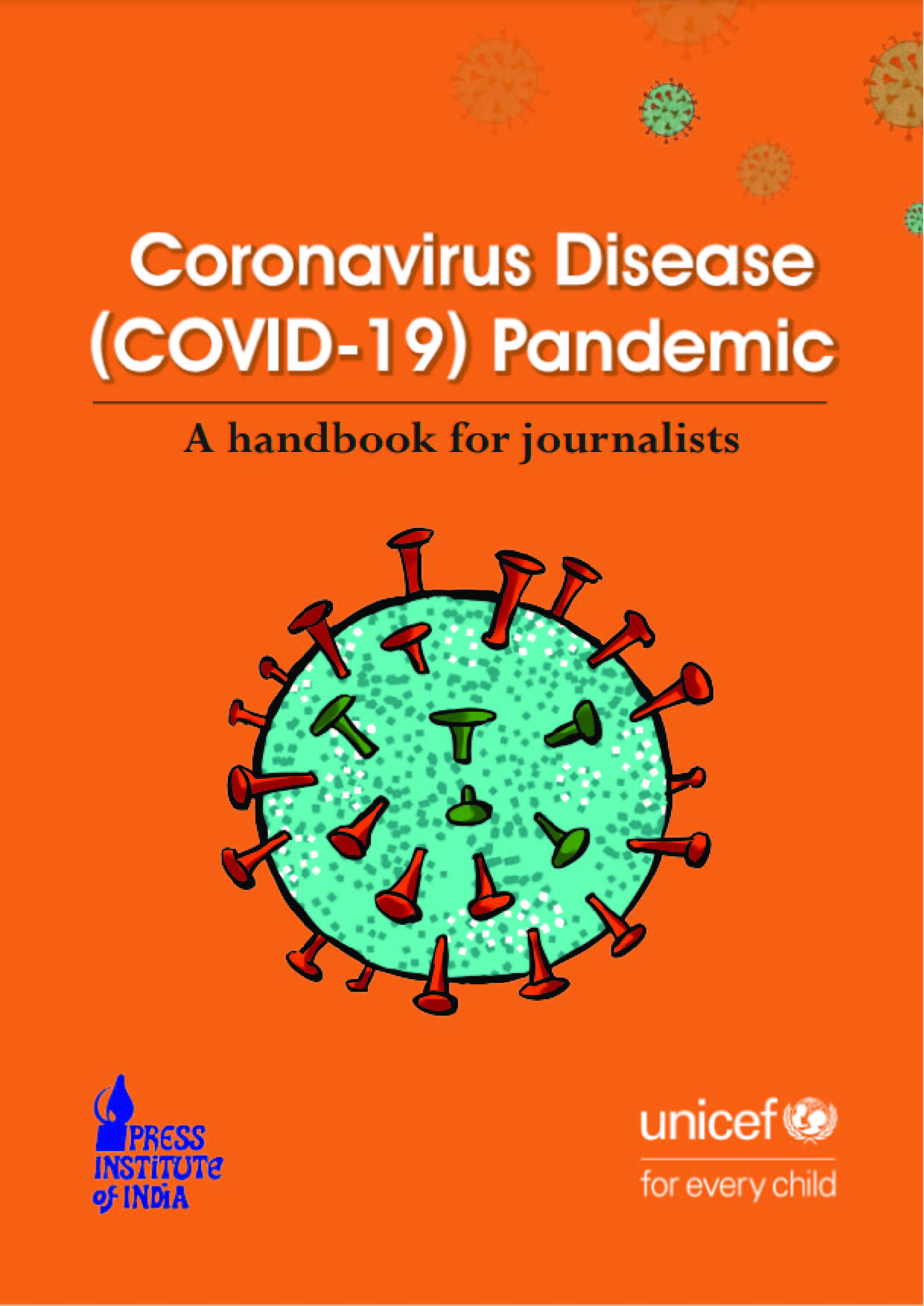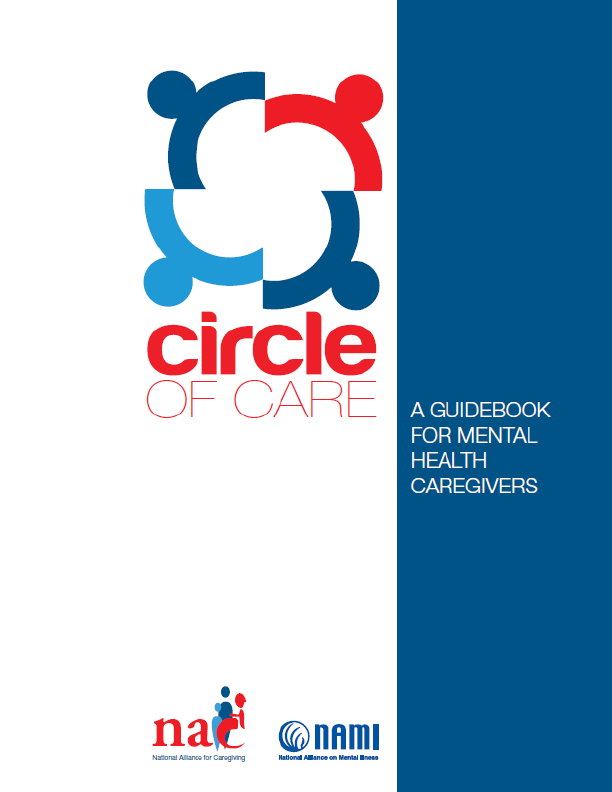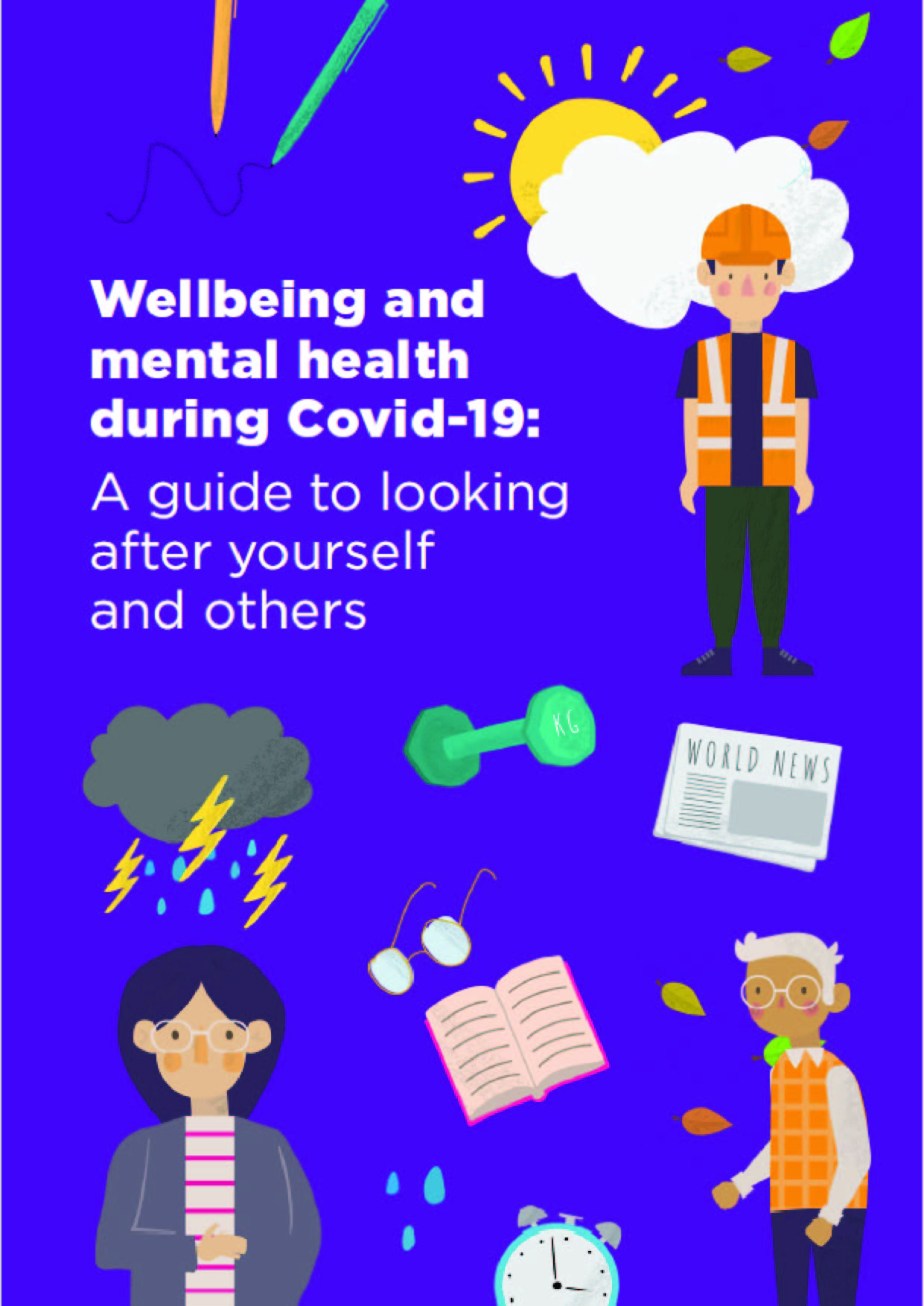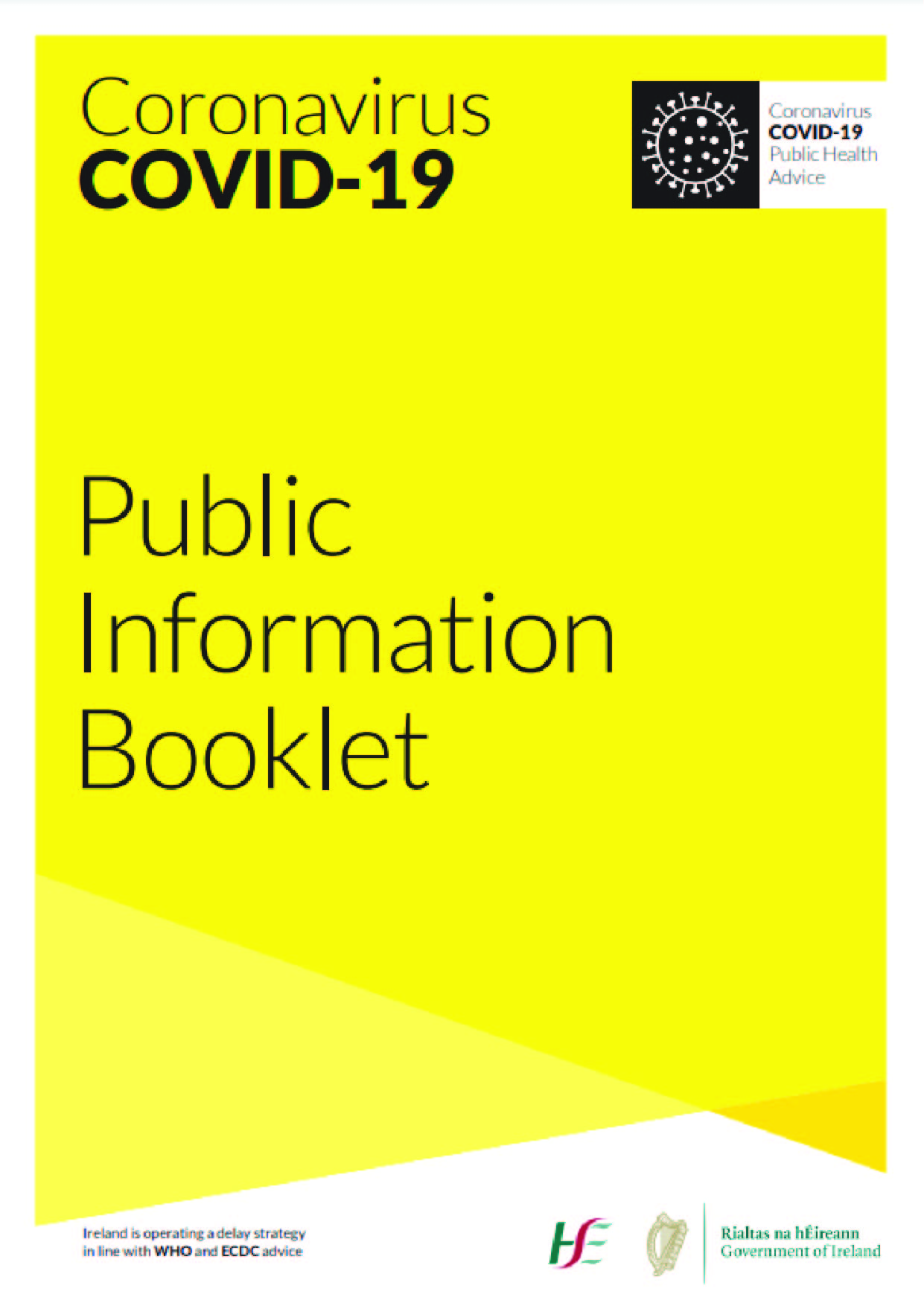Overview
Consuming a healthy diet throughout a person’s life helps prevent malnutrition in all its forms as well as a range of diet-related noncommunicable diseases and conditions. But the increased consumption of processed food, rapid urbanization and changing lifestyles have led to a shift in dietary patterns. People are now consuming more foods high in energy, fats and free sugars or salt/sodium, and many do not eat enough fibre-rich fruits, vegetables and whole grains.
Key facts
A healthy diet helps protect against malnutrition and diet-related noncommunicable diseases such as diabetes, heart disease, stroke and cancer. Adopt healthy dietary practices:
- balance calories in with calories out
- limit fat intake
- shift from saturated to unsaturated fats
- eliminate industrially-produced trans fats
- limit sugars and salt intake
Beat Malnutrition And Noncommunicable Diseases
A healthy diet helps protect against malnutrition in all its forms, as well as diet-related noncommunicable diseases, including diabetes, heart disease, stroke and cancer.
Global Risks
Unhealthy diet and lack of physical activity are leading global risks to health.
Start Early In Life
Healthy dietary practices start early in life – breastfeeding fosters healthy growth and improves cognitive development, and may have longer – term health benefits like reducing the
risk of becoming overweight or obese and developing noncommunicable diseases later in life.
Balance Calories
Energy intake (calories) should be in balance with energy expenditure.
Limit Fat Intake
Evidence indicates that total fat should not exceed 30% of total energy intake to avoid unhealthy weight gain (1,2,3), with a shift in fat consumption away from saturated fats to unsaturated fats (3), and towards the elimination of industrially-produced trans fats (4).
Limit Sugar Intake
Limiting intake of free sugars to less than 10% of total energy intake (2,5) is part of a healthy diet. A further reduction to less than 5% of total energy intake is suggested for additional health benefits (5).
Limit Salt Intake
Keeping salt intake to less than 5 g per day helps prevent hypertension and reduces the risk of heart disease and stroke in the adult population (6).
2025 Goals
WHO Member States have agreed to reduce the global population’s intake of salt by 30% and halt the rise in diabetes and obesity in adults and adolescents as well as in childhood overweight by 2025 (7,8,9)
Healthy diet for adults
Fruits, vegetables, legumes, nuts, whole grains.
Eat fruits, vegetables, legumes (e.g. lentils, beans), nuts and whole grains (e.g. unprocessed maize, millet, oats, wheat, brown rice) every day. The recommended daily intake for an adult includes: 2 cups of fruit (4 servings), 2.5 cups of vegetables (5 servings), 180 g of grains, and 160 g of meat and beans. Red meat can be eaten 1−2 times per week, and poultry 2−3 times per week.
Eat at least 5 portions of fruit and vegetables a day (at least 400 g)(2). Potatoes, sweet potatoes, cassava and other starchy roots are not classified as fruit or vegetables.
Limit total energy intake from free sugars to around 12 level teaspoons (which is equivalent to 50 g), but ideally less than 5% of total energy intake for additional health benefits (5). Most free sugars are added to foods or drinks by the manufacturer, cook or consumer, and can also be found in sugars naturally present in honey, syrups, fruit juices and fruit juice concentrates.
Limit total energy intake from fats to less than 30% (1,2,3). Unsaturated fats (e.g. found in fish, avocado, nuts, sunflower, canola and olive oils) are preferable to saturated fats (e.g. found in fatty meat, butter, palm and coconut oil, cream, cheese, ghee and lard) (3). Industrially-produced trans fats (found in processed food, fast food, snack food, fried food, frozen pizza, pies, cookies, margarines and spreads) are not part of a healthy diet.
Limit salt to less than 5 g per day (equivalent to approximately 1 teaspoon) (6) and use iodized salt.
Healthy diet for infants and young children
In the first 2 years of a child’s life, optimal nutrition fosters healthy growth and improves cognitive development. It also reduces the risk of becoming overweight or obese and developing noncommunicable diseases later in life. Advice on a healthy diet for infants and children is similar to that for adults, but the following elements are unique to infants and children.
- Infants should be breastfed exclusively during the first 6 months of life.
- Infants should be breastfed continuously until 2 years of age and beyond.
- From 6 months of age, breast milk should be complemented with a variety of adequate, safe and nutrient-dense complementary foods. Salt and sugars should not be added to complementary foods.
